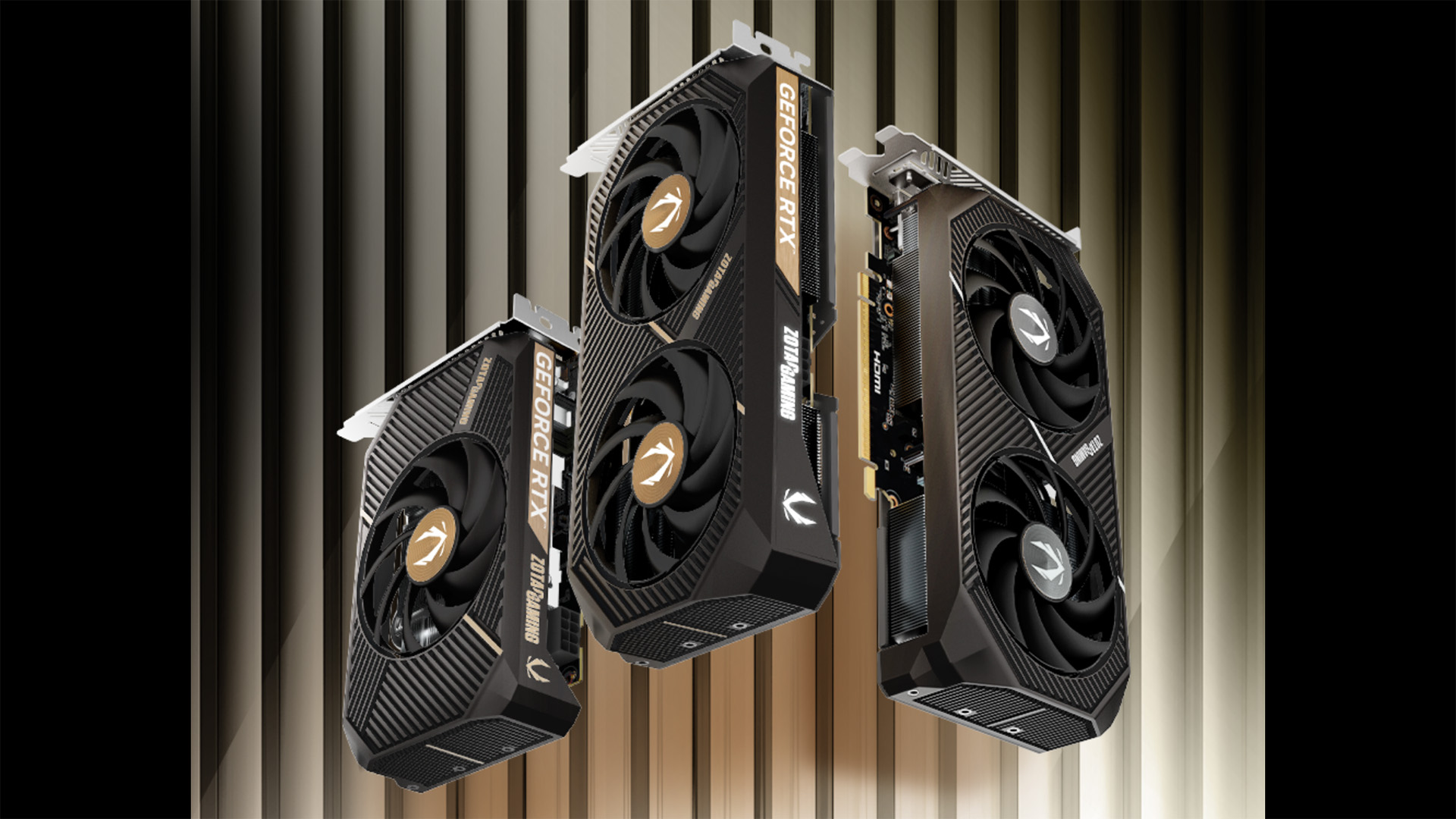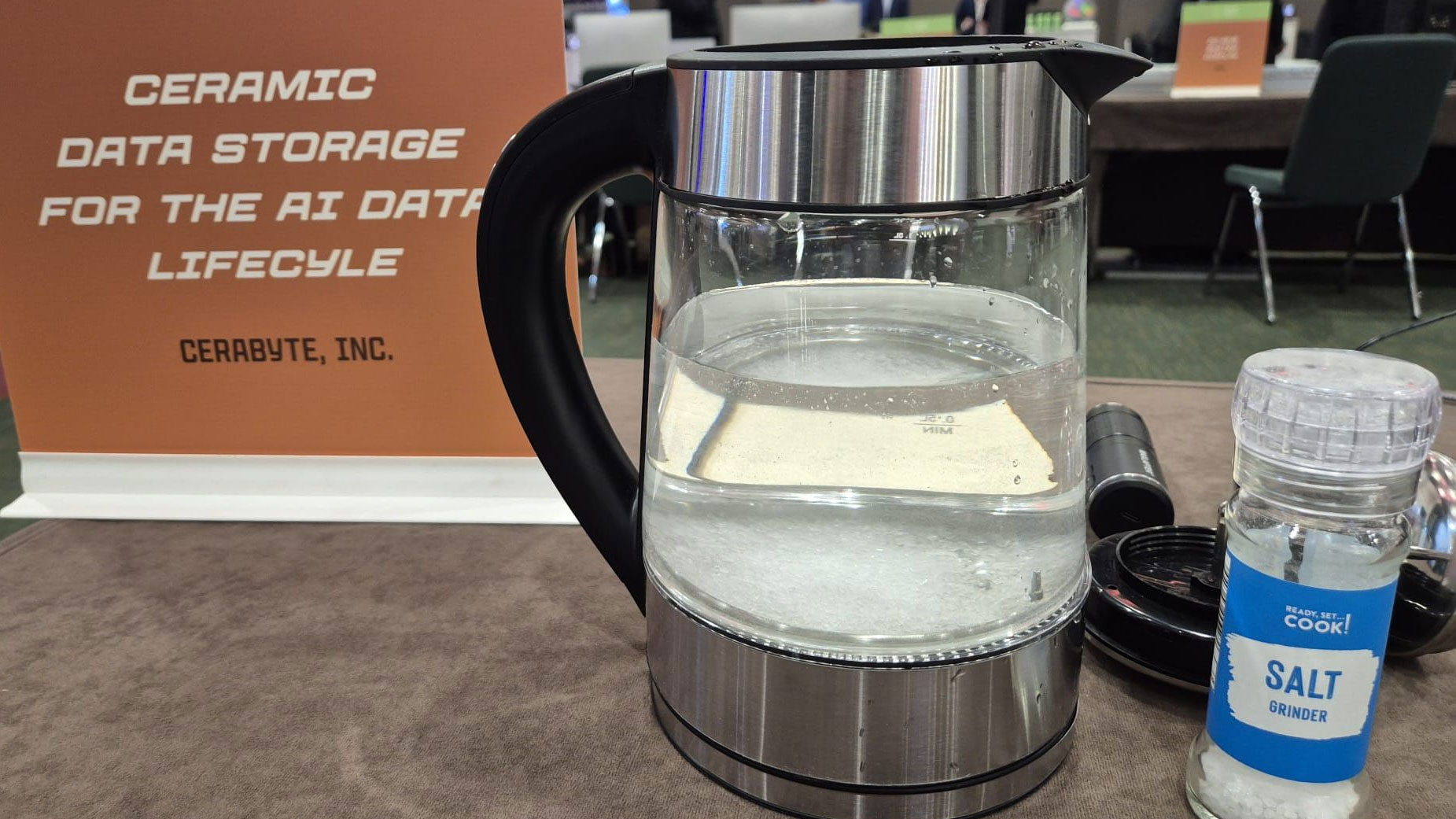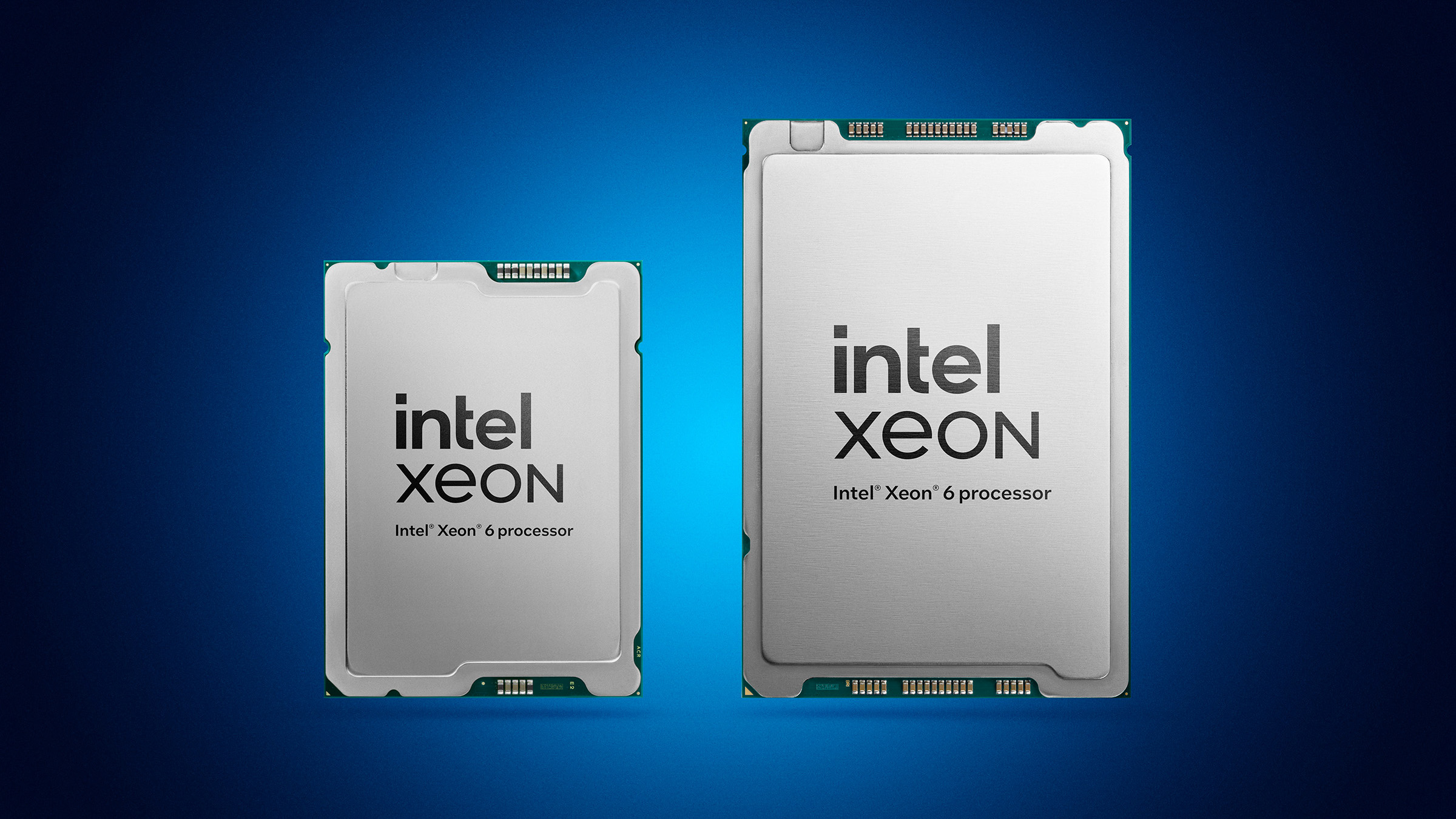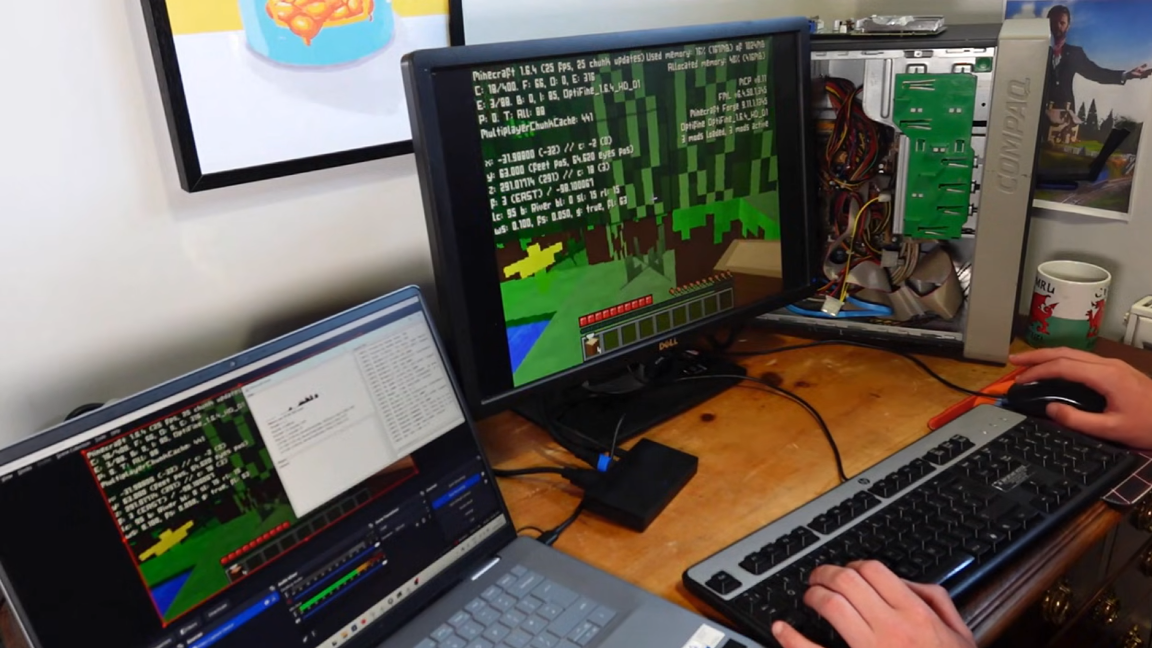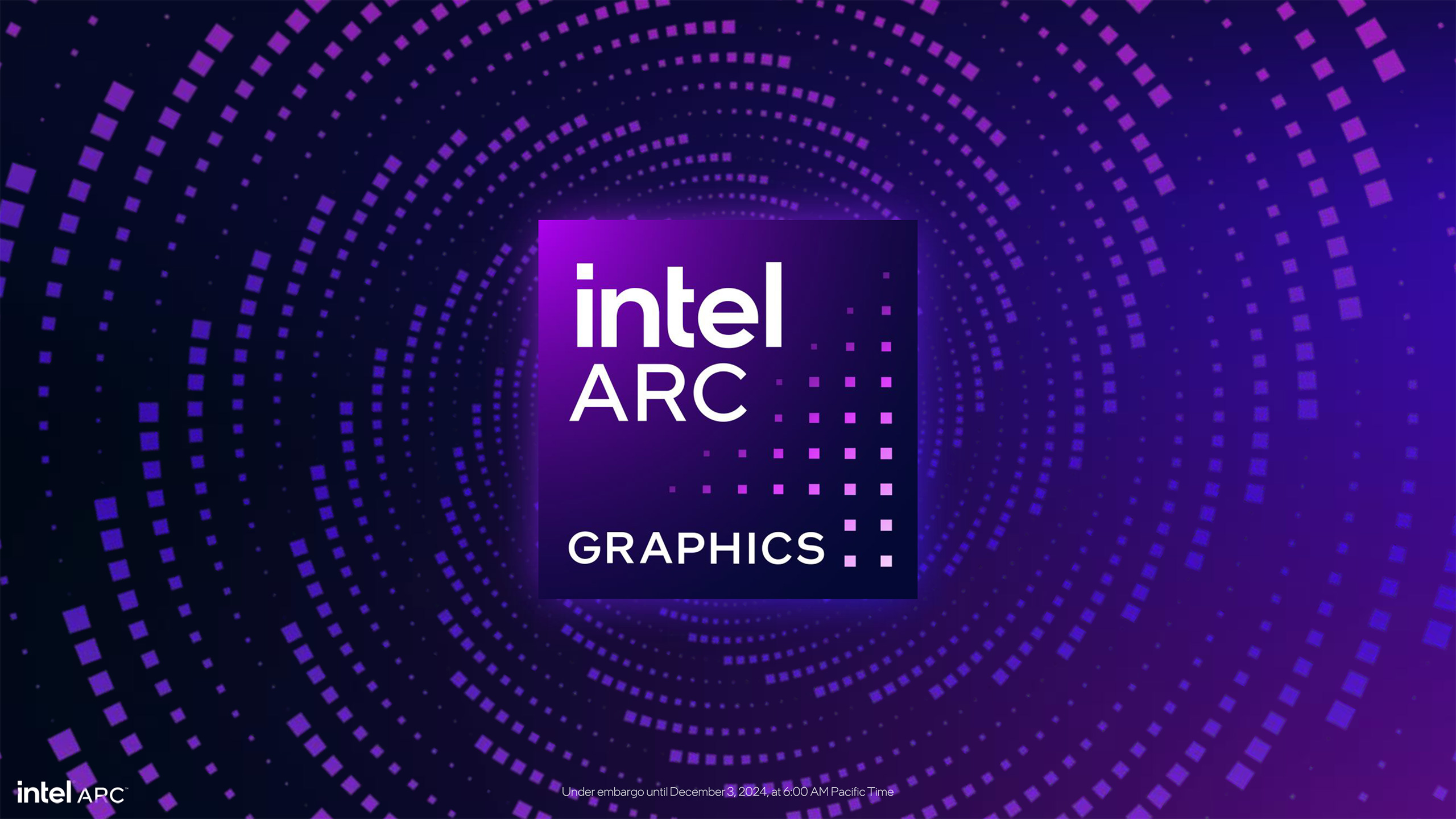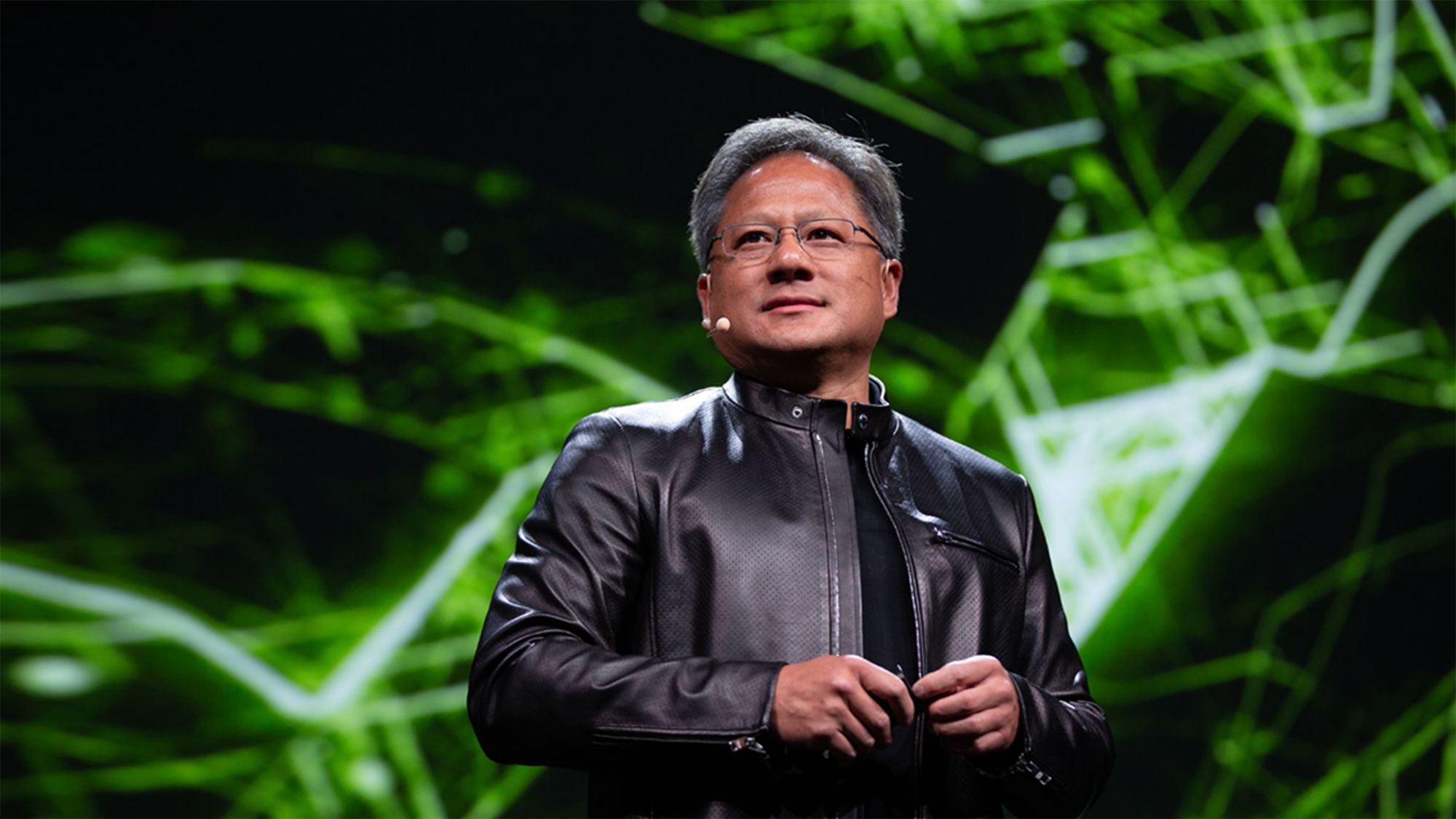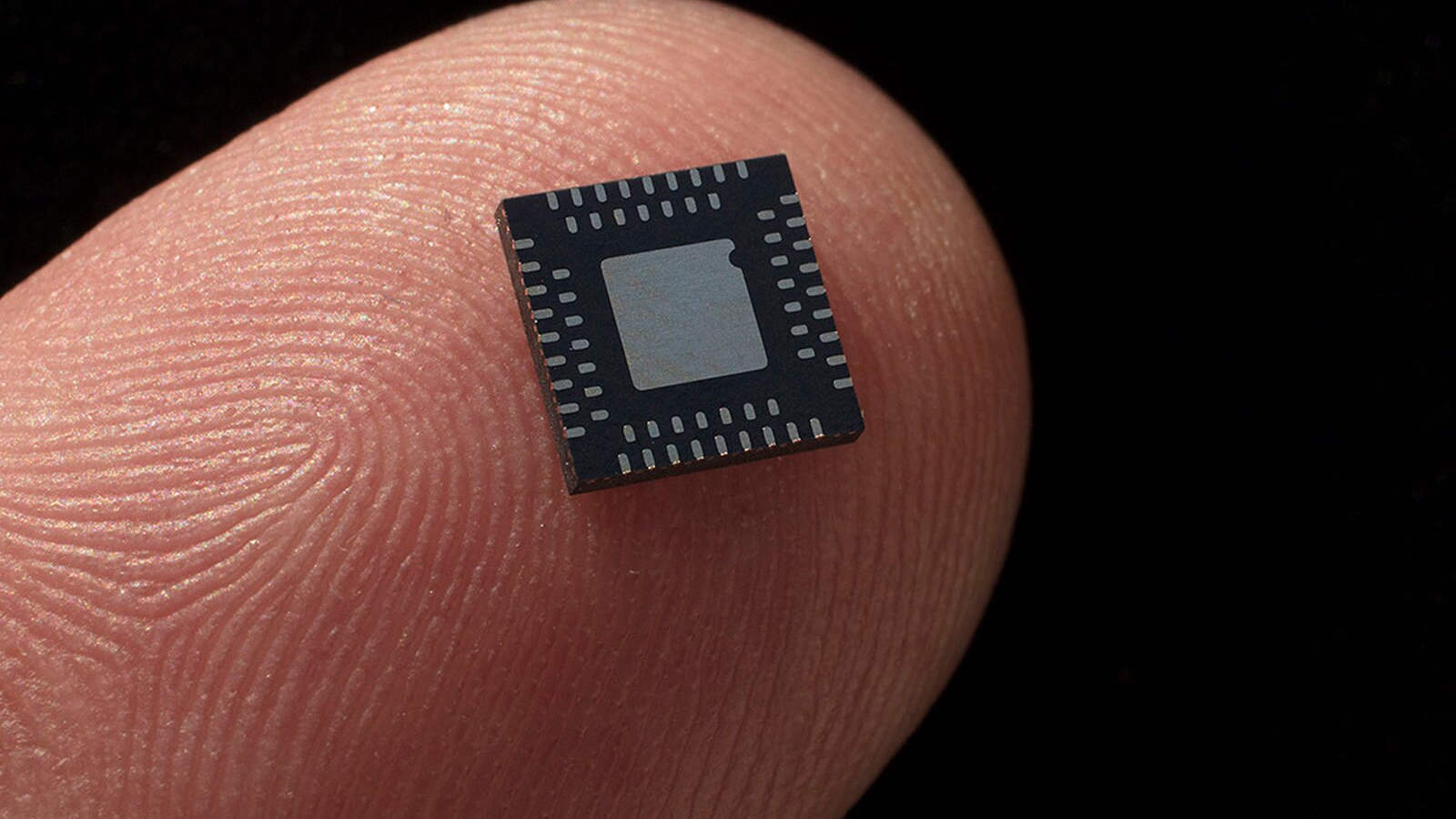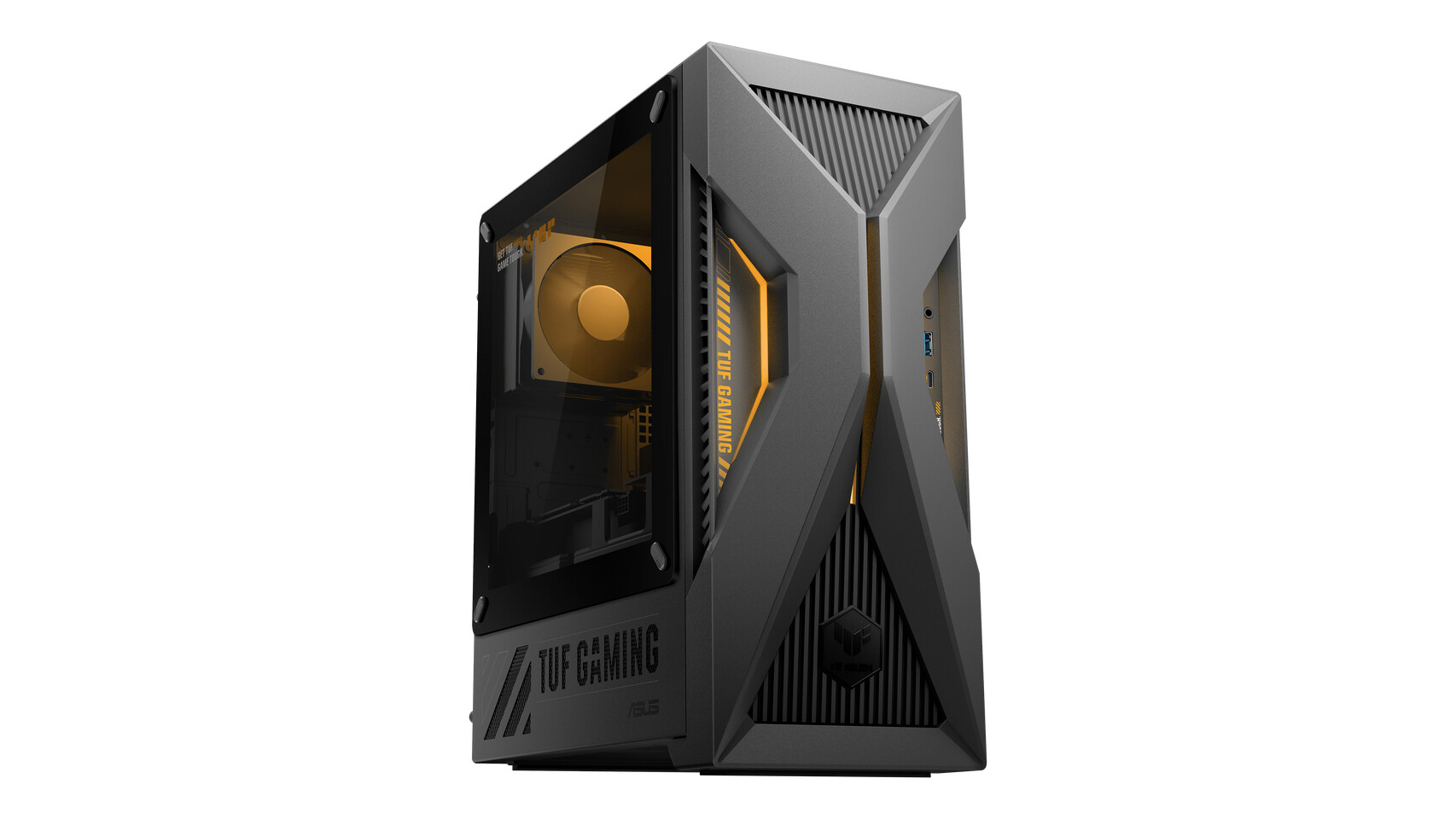Nvidia's RTX Pro 6000 Blackwell 96GB graphics card benchmarked, specs allegedly confirmed
As always, there are catches.
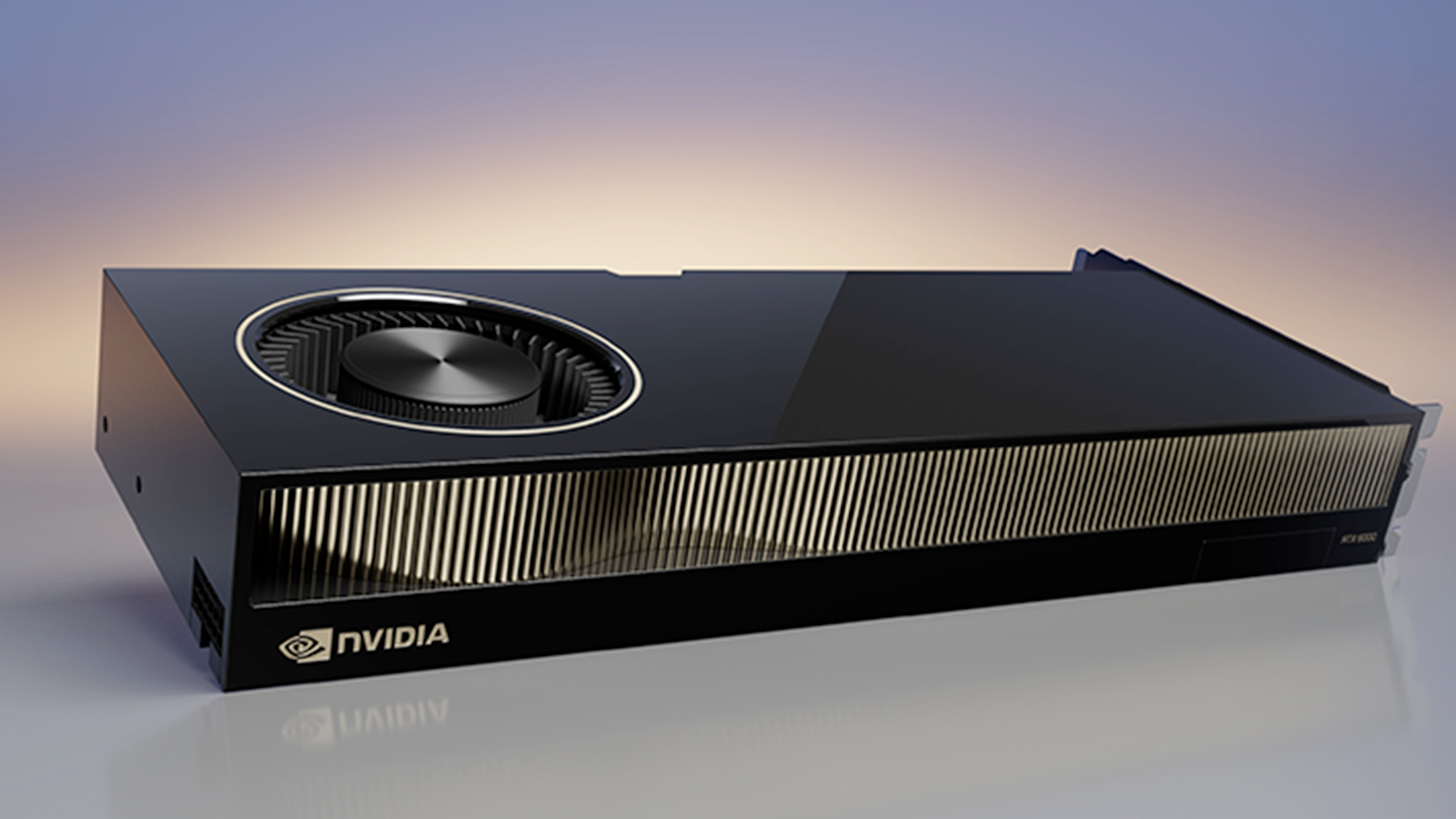
Nvidia has yet to officially reveal Blackwell-based graphics boards for professional visualization (ProViz) applications, but such cards are already undergoing testing in the wild by interested parties in Geekbench. An OpenCL benchmark result of Nvidia's upcoming RTX Pro 6000 Blackwell Workstation Edition graphics card has emerged, confirming rumored specifications of the GPU and memory while raising questions about performance.
Nvidia's RTX Pro 6000 Blackwell Workstation Edition add-in-board is based on the GB202 graphics processing unit (GPU) with 24,064 CUDA cores (188 streaming multiprocessors, 128 CUDA cores) allegedly operating at up to 2,617 MHz and carries 96 GB of memory with ECC, according to the Geekbench listing. By contrast, Nvidia's GeForce RTX 5090 — the best graphics card for gaming money can buy these days — features the GB202 GPU with 21,760 CUDA cores operating at up to 2,410 MHz and carries 32 GB of GDDR7 memory.
At first glance, the new RTX Pro 6000 Blackwell Workstation Edition graphics board should easily beat its gaming counterpart, but this is not the case as the unit scores 368,219 points in GB6 6.4.0 OpenCL benchmark, whereas the GeForce RTX 5090 can score around 376,858 in the same benchmark. A 2.3% performance difference is hardly a big deal, but given significant hardware differences between the boards, it is natural to expect the new ProViz card to beat the gaming board.
| Row 0 - Cell 0 | RTX Pro 6000 WE | GeForce RTX 5090 |
OpenCL Score | 368,219 | 376,858 |
Background Blur | 63,762 | 75,075 |
Background Blur | 263.9 images/sec | 310.7 images/sec |
Face Detection | 60,254 | 73,968 |
Face Detection | 196.7 images/sec | 241.5 images/sec |
Horizon Detection | 684,753 | 637,294 |
Horizon Detection | 21.3 Gpixels/sec | 19.8 Gpixels/sec |
Edge Detection | 864,739 | 838,261 |
Edge Detection | 32.1 Gpixels/sec | 31.1 Gpixels/sec |
Gaussian Blur | 832,815 | 795,994 |
Gaussian Blur | 36.3 Gpixels/sec | 34.7 Gpixels/sec |
Feature Matching | 57,199 | 57,464 |
Feature Matching | 2.25 Gpixels/sec | 2.27 Gpixels/sec |
Stereo Matching | 2,797,728 | 2,802,350 |
Stereo Matching | 2.66 Tpixels/sec | 2.66 Tpixels/sec |
Particle Physics | 1,114,648 | 1,069,886 |
Particle Physics | 49056.6 FPS | 47086.6 FPS |
However, there are a couple of caveats. First up, we are dealing with a pre-release product with pre-release drivers, so the performance of the RTX Pro 6000 Blackwell Workstation Edition can improve when it is launched with final drivers. Secondly, the TGP of the RTX Pro 6000 Blackwell WE can be capped, and therefore its compute performance is lower than that of the GeForce RTX 5090, which can go all the way to 575W. Thirdly, the current driver limits memory visible to OpenCL applications to 24 GB (well, 23.8 GB, according to the detailed GB6 results) even though the unit carries 96 GB onboard. This proves that the driver is not final.
Also, it should be noted that based on a previous report, this the RTX Pro 6000 Blackwell is not Nvidia's flagship ProViz offering, as the range-topping model is expected to be called the RTX Pro 6000 X Blackwell.
Follow Tom's Hardware on Google News to get our up-to-date news, analysis, and reviews in your feeds. Make sure to click the Follow button.
Stay On the Cutting Edge: Get the Tom's Hardware Newsletter
Get Tom's Hardware's best news and in-depth reviews, straight to your inbox.

Anton Shilov is a contributing writer at Tom’s Hardware. Over the past couple of decades, he has covered everything from CPUs and GPUs to supercomputers and from modern process technologies and latest fab tools to high-tech industry trends.
-
Stomx Though 5090 does not support FP64 typically used in most professional particle physics (probably was just disabled like rumors say was disabled and can be enabled the FP8) this test, which was done in single precision, confirming that NVIDIA and other manufacturers just highjacked the GPU prices for AI by the factor minimum 10 thanks to AI hysteria of big boys like Mask and Ellison. Consumer GPU prices are also probably inflated 2x because manufacturers can. By overcharging consumers they pay for their "AI revolution" in their pocketsReply -
tracker1 The difference is the pro card likely consumed around half the electricity compared to the 5090. Similar to last Gen.Reply
It's also likely to cost $7-10k... -
jp7189 Reply
It's possible this tester set a manual power limit during testing, but the power for this gen has doubled compared to last gen. Indeed, the pro cards are expected to use 600w vs 575w on the 5090.tracker1 said:The difference is the pro card likely consumed around half the electricity compared to the 5090. Similar to last Gen.
It's also likely to cost $7-10k...
I saw some cards already showing up on ebay for $17k, but haven't seen official pricing yet. It wouldn't surprise me to see $12-15k for the full 6000 x this time as I expect they'll price the 5000 at the previous 6000 tier price. -
Stomx The A100 80GB card still costs $15k on eBay and it is ~2x slower than RTX Pro 6000 or RTX 5090Reply
